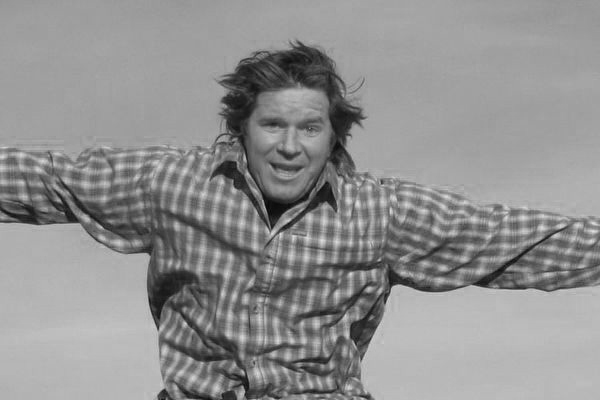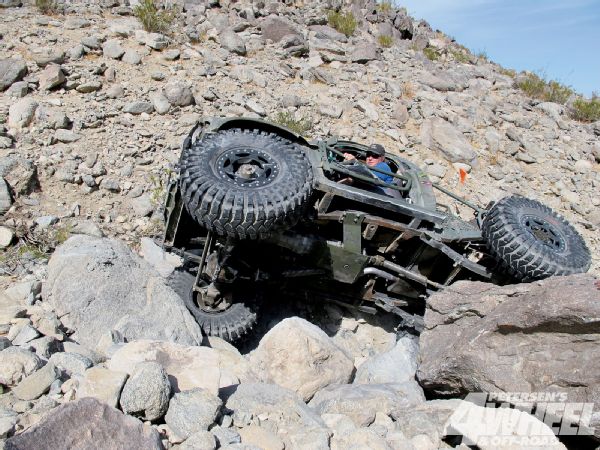
 Fred Williams
Brand Manager, Petersen’s 4Wheel & Off Road
Photographers:
Harry Wagner
Fred Williams
Brand Manager, Petersen’s 4Wheel & Off Road
Photographers:
Harry Wagner
We'll cut to the chase. If you're going to drive your truck on the street and trail, you'll want the 40-inch Maxxis Trepador Radials. If it's only a trail rig and gets there on a trailer, then the 40-inch bias-ply Trepadors are for you.

We reached this decision after taking the two tires over hills and mountains to see the difference, which is appropriate considering trepador translates to "climb or climber."
Maxxis offers a full range of tires for everything from daily drivers, mountain bikes, motorcycles, and trailers to commercial and light-duty trucks and of course serious off-roaders. During a recent lunch with some Maxxis reps we touched on the age-old debate: What's better, radial or bias-ply rubber? By the time we were ordering dessert we had devised a plan of sorts, a street and trail tread-fest to determine once and for all the winner. Of course the best laid plans have a way of getting lost in the mud. The next thing we knew we had two winners. As with many things, it just depends on what you're looking for.
Radial Maxxis Trepadors The 40x13.50R17LT Maxxis Trepador Radial weighs 1281/2 pounds on a 17-inch Walker Evans beadlock. At 30 psi we measured them at 391/2 inches tall. These tires have a tread depth of 5/8-inch across the entire tread, are rated to 3,195 pounds at 35 psi, and retail for approximately $500 each.
Bias-Ply maxxis trepadors The 40x13.50-17LT bias-ply Trepador Competition tires weigh a hefty 140 pounds on a 17-inch Walker Evans beadlock. At 30 psi we measured them at a true 40 inches tall. The tires have a 5/8-inch tread depth at the center of the tread, but at the transition to the sidewall the depth increases to a whopping 11/2 inches. The bias-ply tires are rated at 3,420 pounds at 45 psi and retail for approximately $700 each.
PhotosView Slideshow










